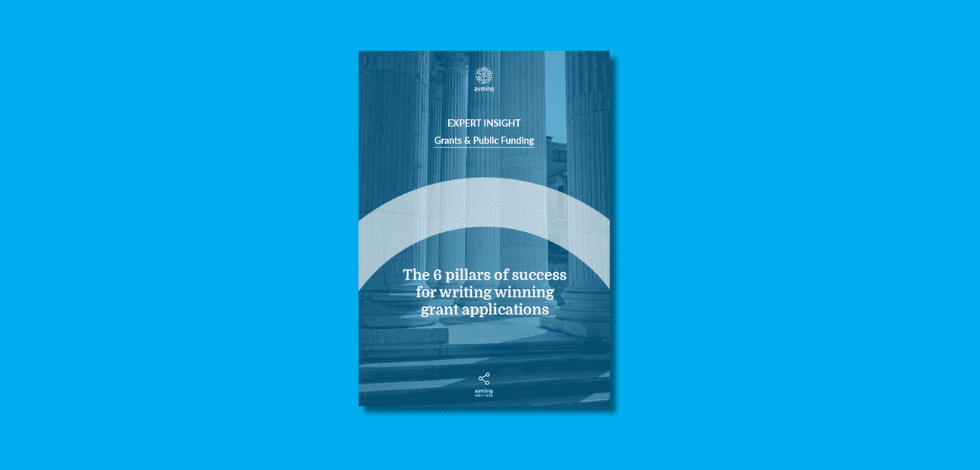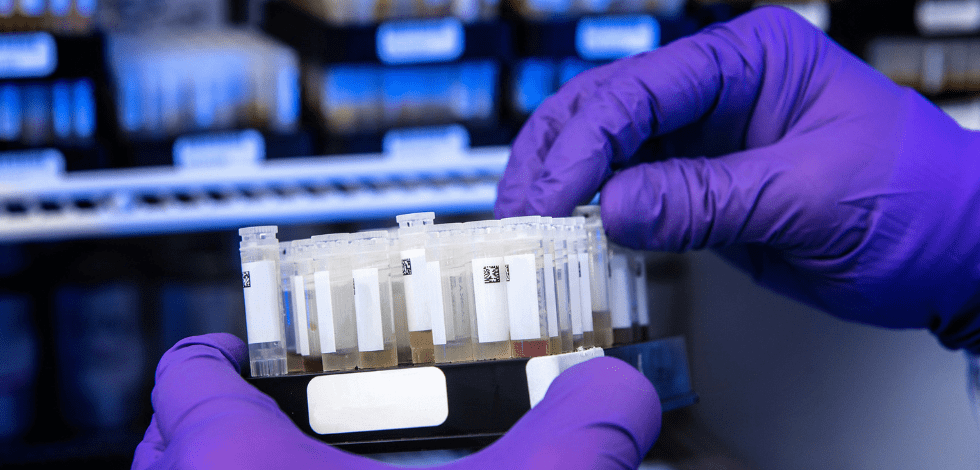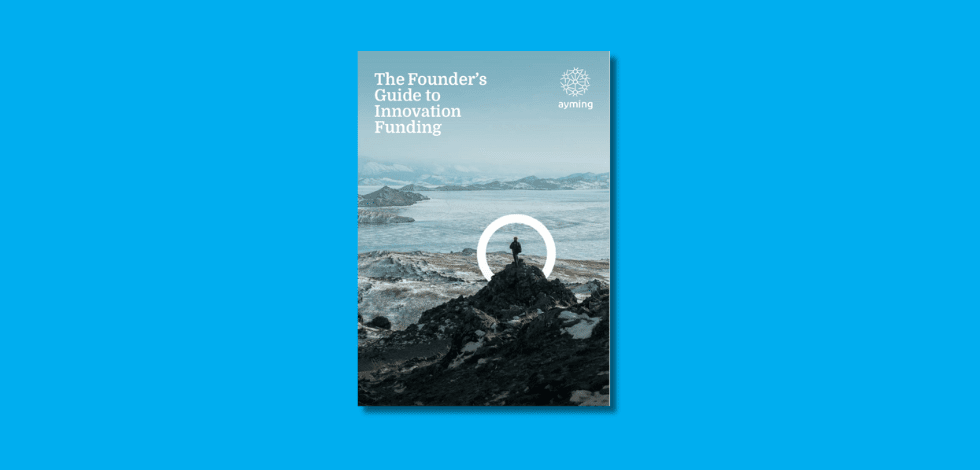Preventing abuse of the R&D Tax Credit scheme
On 12th November, the Government published an updated version of its consultation into the prevention of abuse of HMRC’s R&D Tax Credit scheme.
One of HMRC’s key points was that companies making a small claim for payable credit below £20,000 will not be affected by the proposed cap. This is despite more than half of all SME claims during the 2017-18 tax year falling into this category and anecdotal evidence indicating many potentially abusive claims at this level.
Claims of this size are fairly low risk to the Exchequer (on an individual basis if not collectively), so they tend to be subject to relatively little scrutiny by HMRC. But if HMRC truly wanted to avoid abuse of the scheme, then this area should be subject to further scrutiny.
Instead, the cap will have unintended consequences. Rather than addressing the potential abuse below the £20,000 threshold, the proposed cap will put an administrative burden on companies legitimately carrying out R&D. A claiming company will need to examine its PAYE/NIC liabilities, and those of related companies, as well as potentially documenting its IP management processes to an as-yet-undefined standard. Ensuring the cap is properly applied will also place an additional burden on an already over-stretched HMRC.
I think that HMRC’s resources would be better spent in enforcing the regulations as they currently exist, preventing further abuse of the regime, rather than dealing with administrative tasks that won’t achieve its objectives.
Read further analysis of “Preventing abuse of the R&D tax relief for SMEs: second consultation” here.
Covid vaccines show us how innovation can and should happen
The recent announcements from Pfizer/BioNTech and Moderna, that they are in the final stages of testing and approval for their Covid-19 vaccines, are the first signs that we may be able to get the pandemic under control during 2021 and start the process of getting back to the new normal.
As well as a global sigh of relief, the development of these vaccines shows us how we should look at innovation in this new world. Vaccines routinely take anything from 8-10 years to develop and bring to the market. However, the Covid vaccines about to be launched will have been developed, tested, launched and in use, in less than one year. Quite a feat.
It goes to show the power of international collaboration, targeting of resources, as well as being agile and adapting processes. Normally the stages of vaccine development follow a standard pattern and one stage naturally follows on from the previous one. This has not been the case in 2020, in the race to get a Covid vaccine into the global population. While all the development stages have been followed and there has been no compromise on safety and approvals, numerous stages of the development have happened simultaneously, to shorten the development timeline.
There are many global challenges we face, and none more pressing than the climate emergency. If we applied the same worldwide collaboration, targeting of resources and agile innovation development to the numerous climate challenges, we could be far more optimistic of achieving our goals to reduce emissions sooner than 2050, 2040 or even 2030.














